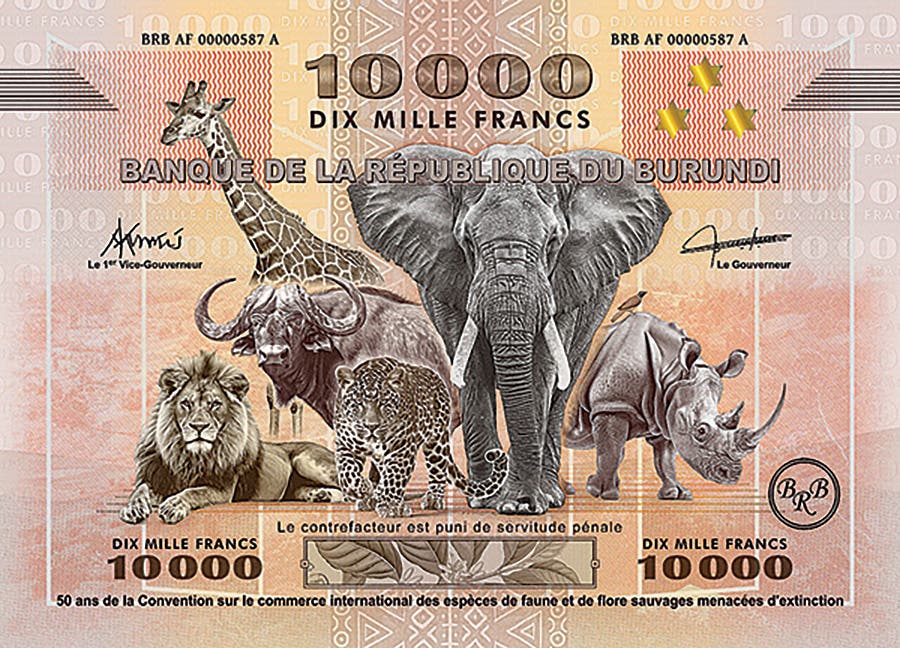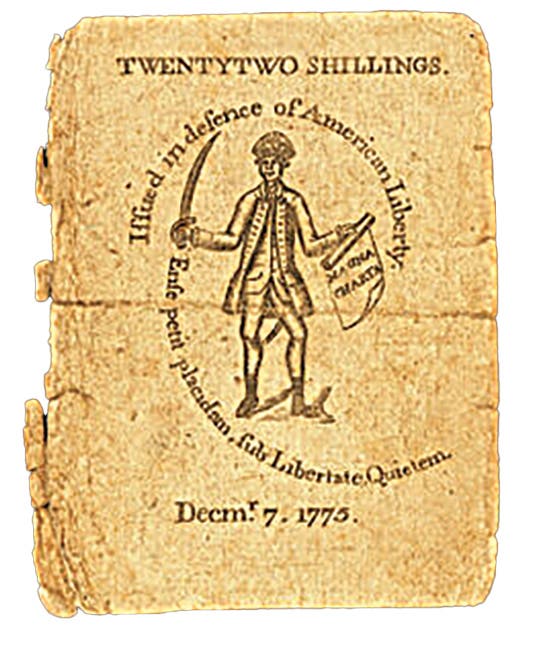Aussies Can’t Spell
Apparently, someone at Note Printing Australia Ltd. cannot spell. Australia’s current $50 bank note has a spelling error.
It may have taken six years for it to become general public knowledge, but recent publicity surrounding a spelling mistake on an Australian bank note is drawing attention to the note both inside and outside Australia. Apparently, someone at Note Printing Australia Ltd. can’t spell.
Although the mistake on Australia’s current $50 bank note has been known since 2019, the misspelling of the word ‘responsibility’ in the micro text is only now being publicized outside of the Land Down Under on its 2018 $50 notes—all 46 million of them now in circulation.
The misspelled word is missing the third ‘i,’ reading ‘responsibilty’ three times in the text taken from Edith Cowan’s maiden speech to parliament.
With mainstream publicity now being given to the note people are beginning to re-think what spelling mistakes have been made in the past on other bank notes. This opens a specialty area of bank notes to be collected.
Collectors don’t have to look very far. The sixth line of the obligation clause on the back of U.S. 1907 Legal Tender $5 notes read: “This note is a legal tender at its face value for all debts ‘pcblic’ and private.”
It’s forgivable that the word congress is spelled with a single ‘s’ on January 14, 1779, $55 notes printed by Benjamin Franklin. Webster’s dictionary didn’t exist yet.
What is less forgivable is the 19th-century privately printed notes on which, when the denomination was spelled out, it was misspelled. Among these is an 1862 County of Lunenberg (Virginia) 50-cent note with the word ‘fiety,’ and the 1863 3-cent Central Bridge, Schoharie County (New York), on which the denomination is spelled out as ‘trhee.’
Misspellings on bank notes may not be common, but they have happened worldwide. The motto on the back of the 1976 Saint Helena/British Administration 5-pound note should read “Auspicio Regis et Senatus Anglie.” (By the authority of the king and parliament of England) Unfortunately, the final ‘I’ is missing from the initial issue. It was fixed in time for a second printing.
It took the insistence and a formal statement from the Pan South African Language Board to declare there is no misspelling on South Africa’s current 100-rand bank note. Due to the nation's makeup, South Africa uses several languages on its coins and bank notes. In 2023, the Xitsonga community noted that the wording on the previous R100 reads Bangi-Nkulu, but on the new notes, the same word reads Bangikulu.
Following consultations that involved Xitsonga National Language Body Chairman Dr Arnold Mushwana and the revised Spelling & Orthography Rules published by the Pan South African Language Board in 2022, it was finally concluded that Bangikulu is a compound noun which is formed by two words, the noun ‘bangi.’
According to Mushwana, “The /n/ that goes with the adjective stem ‘-kulu’ can only be accounted for on nouns that pertain to humans. Matsalanankulu, mhaninkulu, and papankulu are a few examples. This is because the /n/ on these words is an allomorph of /mu/, which can stand as a prefix of class 1 words.”
Perhaps the South African problem could be explained away, but it’s been much harder for the National Bank of Kazakhstan to explain how the word ‘bank’ (the correct Cyrillic spelling “банкі” bankı was misspelled “*банқі” banqı) on its 2006 ₸2,000 and ₸5,000 bank notes. The misspelling was politically sensitive due to the cultural and political importance of the Kazakh language, the nation having only in recent years broken away from what had been the Soviet Union. The mistake was corrected on a second series of notes, but the first series was not withdrawn, drawing even more criticism from the nation’s politicians.
It is also worth mentioning the 2010 Philippine 500-piso bank notes that were hurried into circulation in time for the end-of-year holidays. The note was questioned by many due to the facsimile signature of President Benigno Aquino III accompanying a vignette of his parents on the note, but apparently whoever designed the notes may have been colorblind. The vignette of the blue-naped parrot should have a red beak and yellow tail feathers. The note depicts the beak as yellow and the tail as being green. Furthermore, the Saint Paul subterranean river in Palawan is shown at the wrong location. At least the note is an improvement from the Philippines 2005 notes in which then President Gloria Macapagal-Arroyo’s name is misspelled as Arrovo, which is the Spanish word for thief.
You may also like: Bart reports series 2009 $10 error bill








